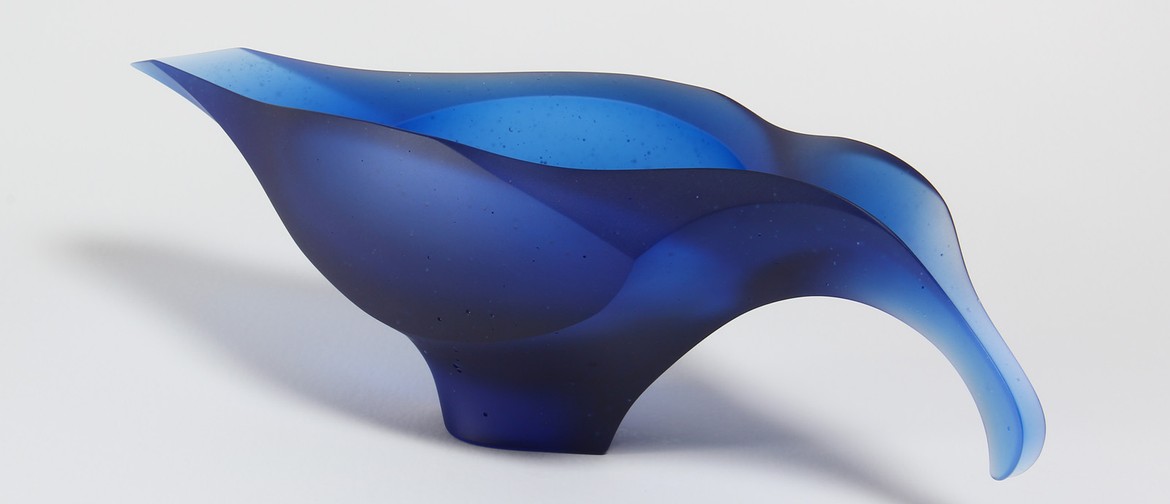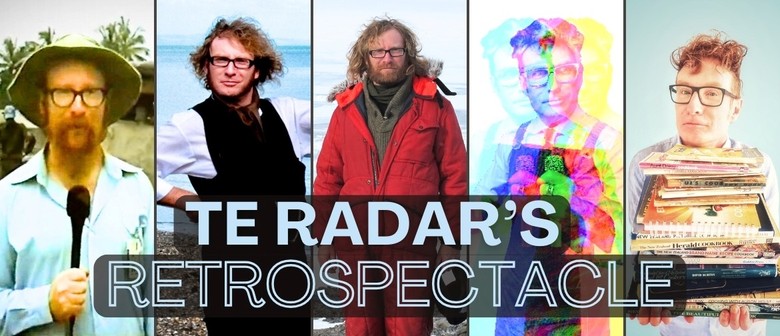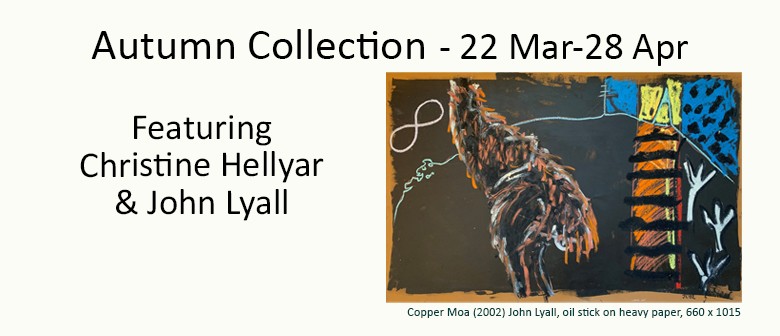Mike Crawford: Punanga (2022)
18 Dowling St, Dunedin, Otago
Ticket Information
Restrictions
Website
Listed by
After travelling to New Zealand’s Sub-Antarctic Islands in December 2021, Mike Crawford wanted to show “the strength, determination, and bright beauty of the sub-Antarctic birds” who make their homes there (1). Approximately 500km south and east of Rakiura, these distant territories are home to extreme weather conditions, mega-herbs, sea-lion colonies, and a plethora of bird species, many of which are endangered or extinct on mainland New Zealand. Isolated and inimical to human settlement, the islands are ecological liferafts.
Tutukiwi (Snares and Campbell Island snipe) - the “little kiwi” - is a taoka species for Kāi Tahu (2). Crawford’s sculpted glass adroitly captures its scurrying energy. The rounded form sits low to the ground and the grooved lines refract light from the inside outwards, mimicking the bird’s dappled plumage. This play of light ensures that the glass is filled with movement.
The same technique is also used for Moho Pēreru (Auckland Island Rail), another ground-dweller. Compared to the Tutukiwi and smaller Pīhoihoi, in this piece it is the rich density of the colour rather than its translucence that carries the immediate visual weight. The refractive effects are more elusive - much like the bird itself, which was believed extinct until two communities were discovered on the Auckland Islands 50 years ago.
Returning to land only once every two years, the toroa (wandering albatross, royal albatross) are truly birds of the ocean. Crawford references this specifically in his choice of shape-shifting blues for the Toroa vessel, while the sleek, outstretched head captures the elegance of the birds in flight.
Crawford’s opaque black works defy the expectations of glass as a medium. Absorbing rather than reflecting light, the matte sheen of the surfaces reinforces the physical presence of the work and places the emphasis on form and mass. The Kawau (Australasian shag; kōau in some Kāi Tahu dialects) (3) is depicted in its familiar perched stance, all predatory beak and perfectly streamlined body. Crawford wrapped the form in curvilinear ridges like the folds of a korowai, acknowledging the regal stature of these seabirds. (4)
Punanga (Refuge) is a bittersweet exhibition. Despite New Zealand’s well-documented losses of bird species and habitats, there is joy in knowing that wild havens remain in which creatures can thrive, perfectly suited to their environments. It is this tenacity that Mike Crawford admires and celebrates with his works.
1. Artist statement, 2022.
2. https://www.predatorfreerakiura.org.nz/the-project/stories/kaitiakitanga-caring-for-tutukiwi-snipe/
3. https://www.landcareresearch.co.nz/assets/Publications/Te-reo-o-te-repo/5_4_Fauna_Kawau.pdf
4. Artist statement, 2022.
Log in / Sign up
Continuing confirms your acceptance of our terms of service.




Post a comment